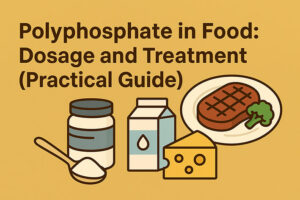
Polyphosphate in Food: Dosage and Treatment (Practical Guide).
Polyphosphates are typically used in the food sector for their capability to improve the texture, look, and service life of numerous items.
Sodium Tripolyphosphate (STPP, Na₅P₃O₁₀) is a multifunctional additive critical to soap formulation. Its unique chemical properties enable enhanced cleaning performance, stability, and product longevity. This technical guide explores its mechanisms, applications, and best practices for industrial soap production.
STPP acts as a sequestrant by binding calcium (Ca²⁺) and magnesium (Mg²⁺) ions through coordinate covalent bonds. This action:
With a pKa1 of 2.15 and pKa2 of 7.21, STPP:
STPP enhances surfactant efficacy through:
| Soap Type | STPP Concentration | Mixing Protocol |
|---|---|---|
| Bar Soap | 0.8-1.5% (based on oil weight) | Gradual addition during saponification phase |
| Liquid Soap | 0.5-1.0% (pH adjusted to 9.5±0.2) | Post-neutralization blending with high-shear mixer |
| Laundry Detergent | 1.2-2.0% (synergistic with LAS surfactants) | Agitated dry blending followed by wet milling |
STPP’s phosphorus content (28.3% by weight) contributes to algal blooms. Industry mitigation strategies include:
Global discharge standards:
| Parameter | STPP | EDTA | Citric Acid |
|---|---|---|---|
| Chelation Efficiency | 93% (Ca²⁺ @ pH 9.0) | 89% (wide pH range) | 76% (requires higher dosage) |
| Biodegradability | Partial (85% in 28 days) | Non-biodegradable | 100% biodegradable |
| Cost Index (USD/kg) | 1.2 | 2.5 | 0.8 |
STPP exhibits synergistic effects with:
Incompatible with:
Excessive Foam Formation
Probable Cause: Overdosing (>2.0% STPP). Solution: Reduce concentration by 0.5% increments while monitoring rheology.
Discoloration in Liquid Soap
Probable Cause: Iron contamination (>5 ppm). Solution: Implement chelation pre-treatment with citric acid.
Emerging solutions:
2024 Developments:
When applied according to technical specifications, STPP remains a vital component in high-performance soap formulations. Manufacturers must balance functional benefits against environmental stewardship through:

Polyphosphates are typically used in the food sector for their capability to improve the texture, look, and service life of numerous items.
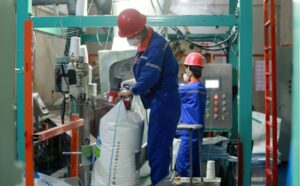
Goway Fuquan Plant is ramping up production to meet the demands of the second quarter’s orders. With all production lines running at full capacity, the company is focused on delivering high-quality phosphate-based products to domestic and international markets.
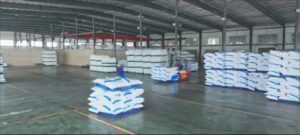
Sodium tripolyphosphate is a powerful detergent additive facing scrutiny for its environmental impact, prompting innovation in green alternatives and policy shifts.
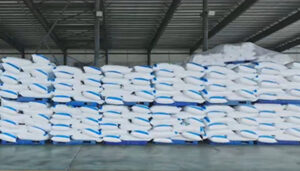
Sodium Tripolyphosphate (STPP) is a versatile phosphate additive derived from phosphoric acid, widely used in detergents, food preservation, and industrial processes.
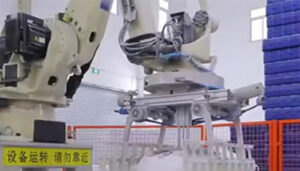
Sodium tripolyphosphate (STPP) is an essential additive used in many industries, and its market is evolving due to environmental and economic trends.
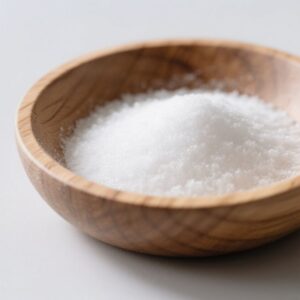
Global food-grade sodium tripolyphosphate (STPP) prices in Q4 2025 remain stable with slight increases driven by higher energy and logistics costs, while demand from meat and seafood processing sustains market balance.
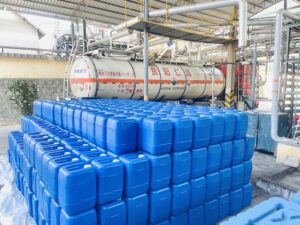
Sodium tripolyphosphate (STPP) is a multifunctional additive: it preserves moisture in seafood, prevents spoilage in processed meats, and boosts detergent efficiency. Is it safe? Find out here.
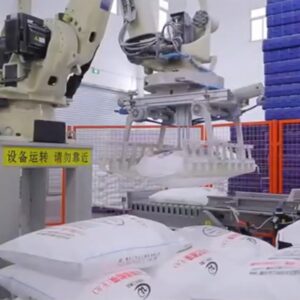
From raw phosphate rock to market dominance, sodium tripolyphosphate is evolving through process innovation, cost control, and global industrial competition.
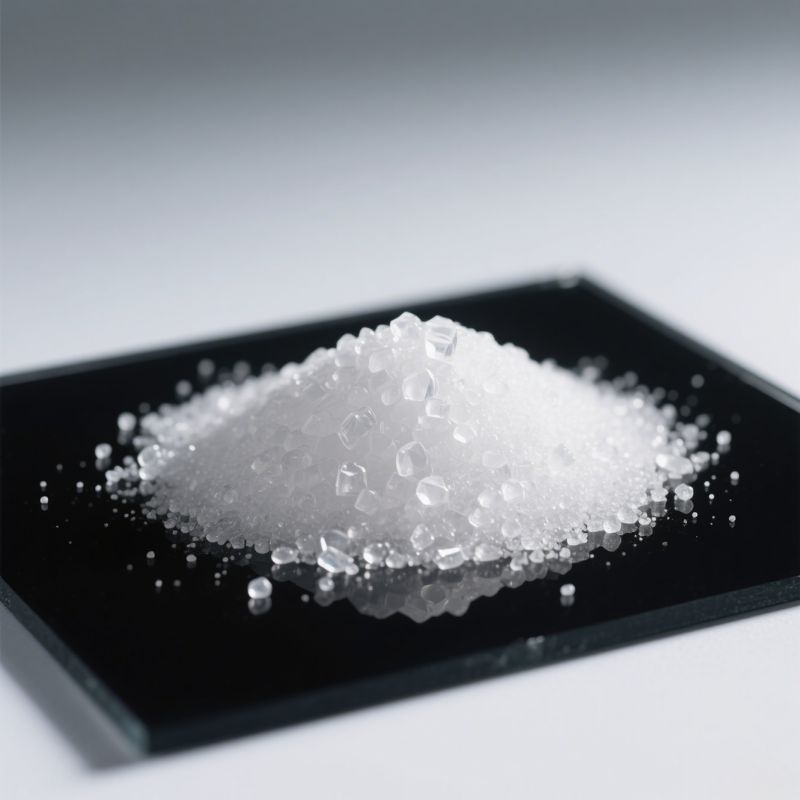
A professional and educational overview of tripolyphosphate (STPP), explaining its composition, manufacturing process, applications, safety profile, and sustainability trends.

This guide provides insights into the technological advances, regulatory frameworks, and cost factors affecting food and aquatic products, highlighting sustainability challenges and opportunities in 2025.
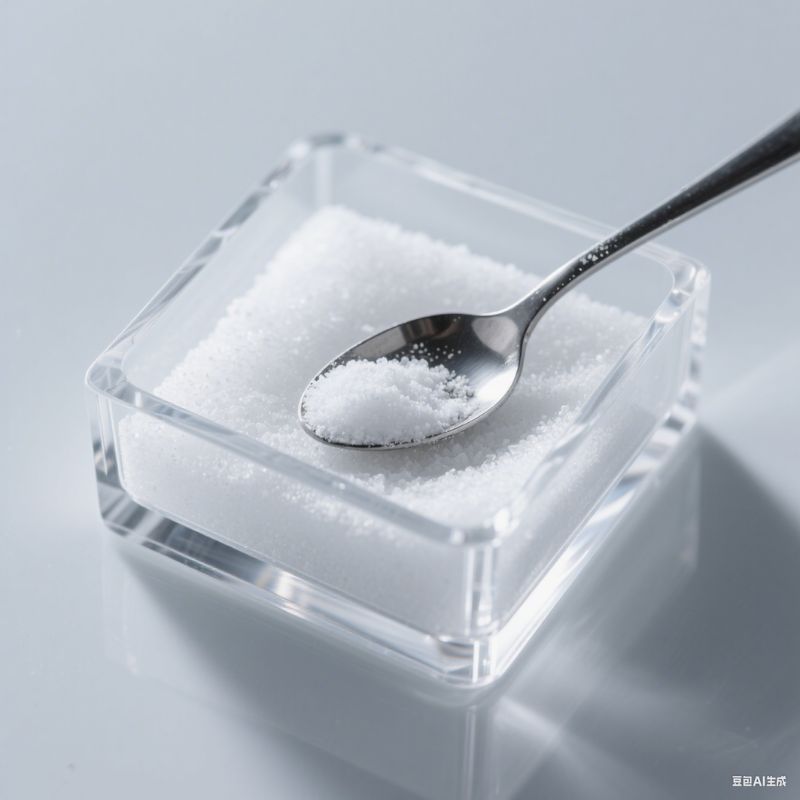
This guide covers the uses, benefits, risks, dosages, and health concerns of polyphosphates in food, with an overview of regulatory standards and emerging alternatives.
WhatsApp us